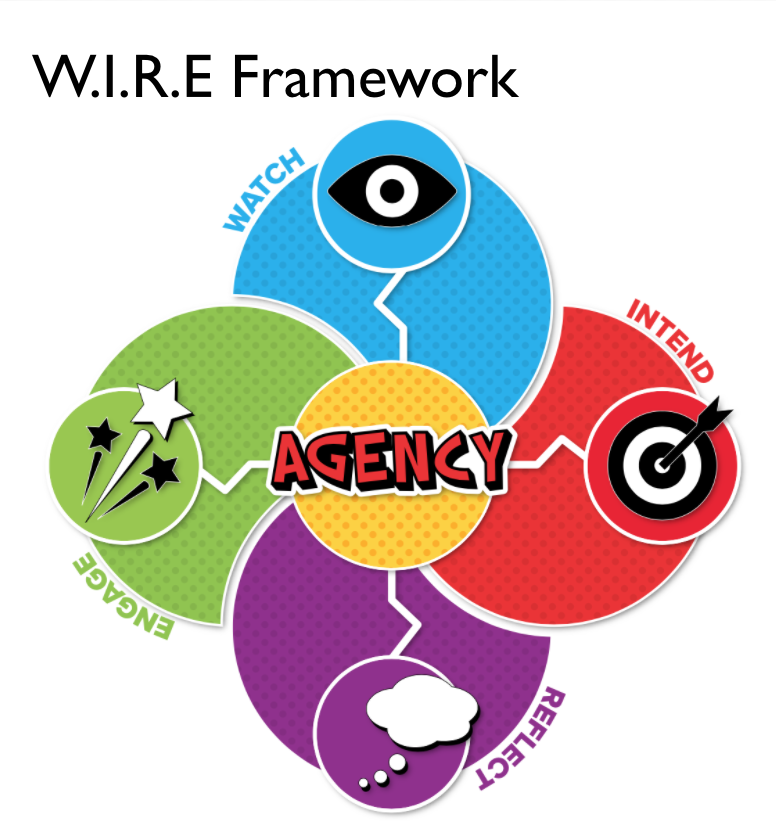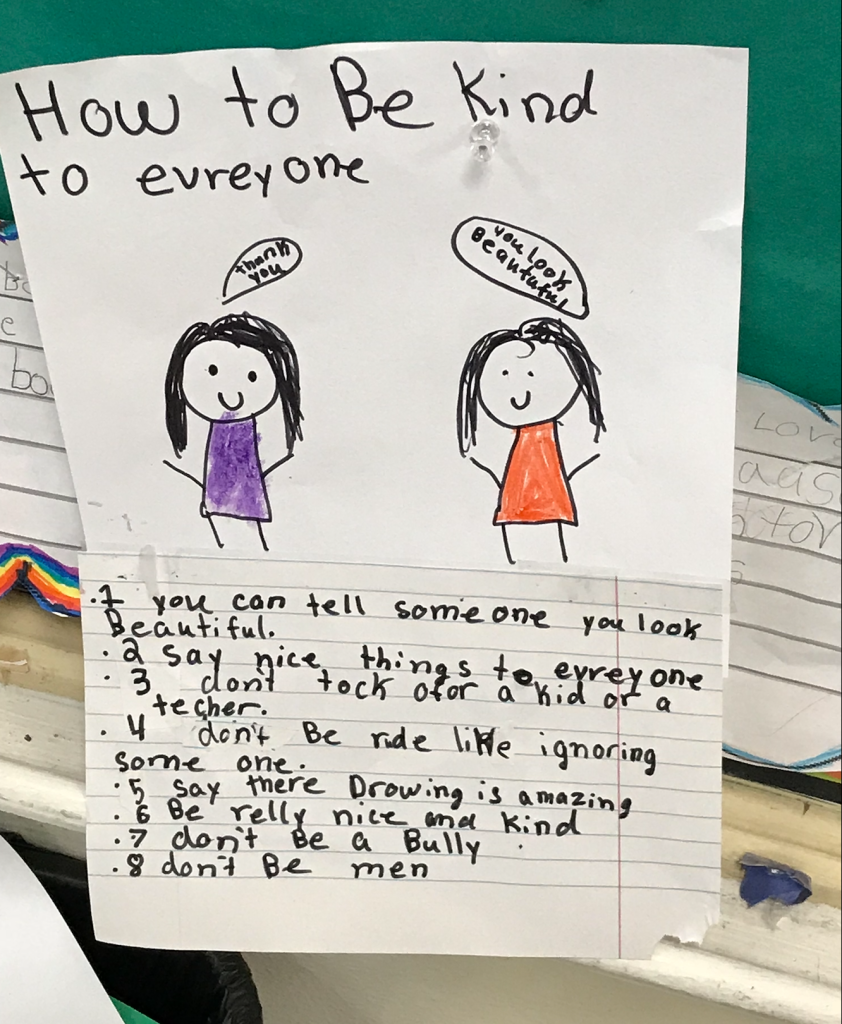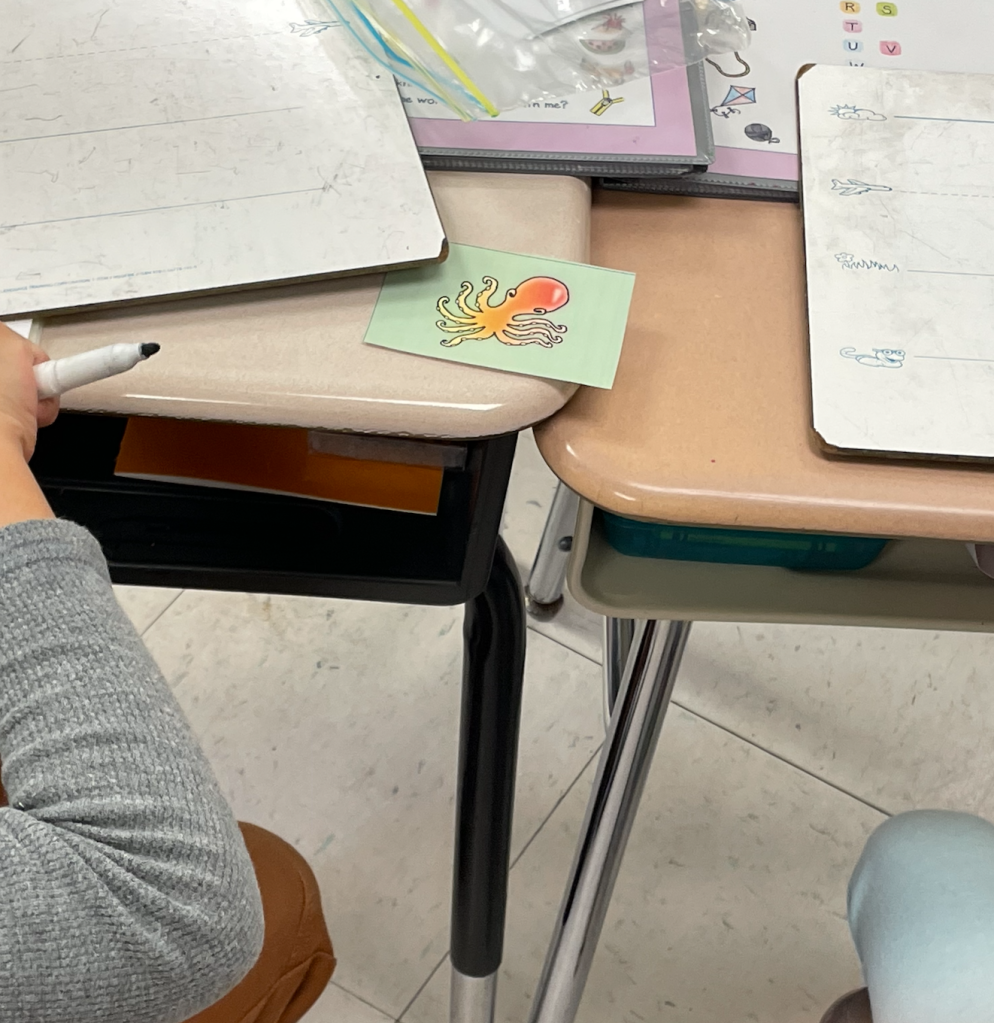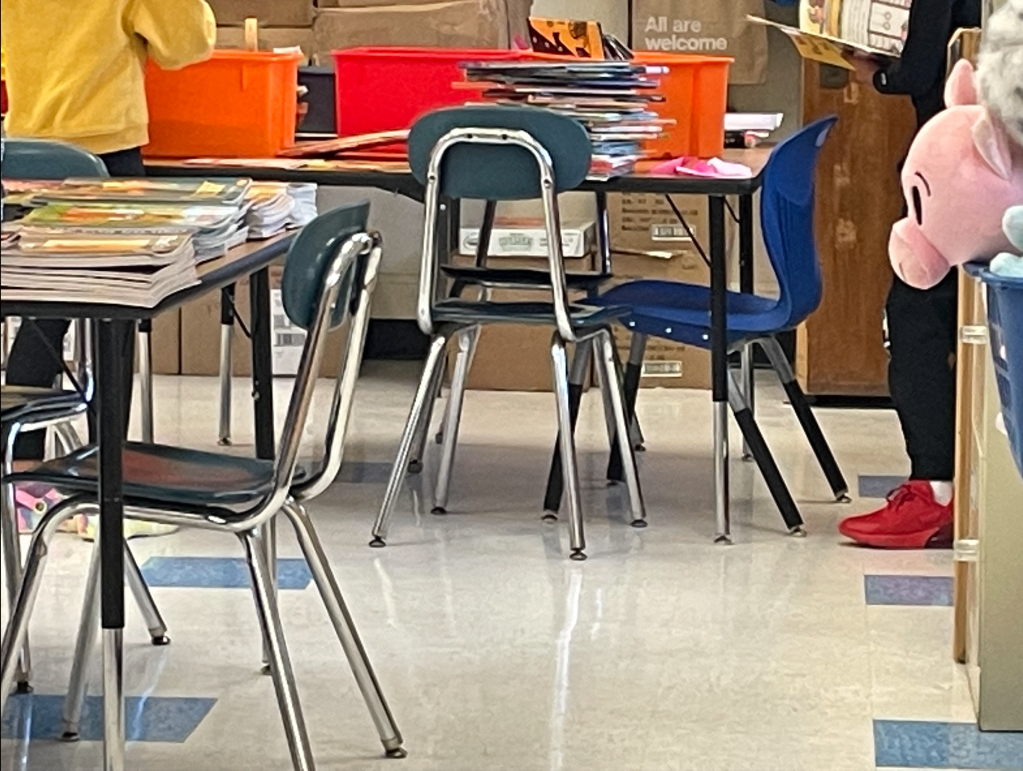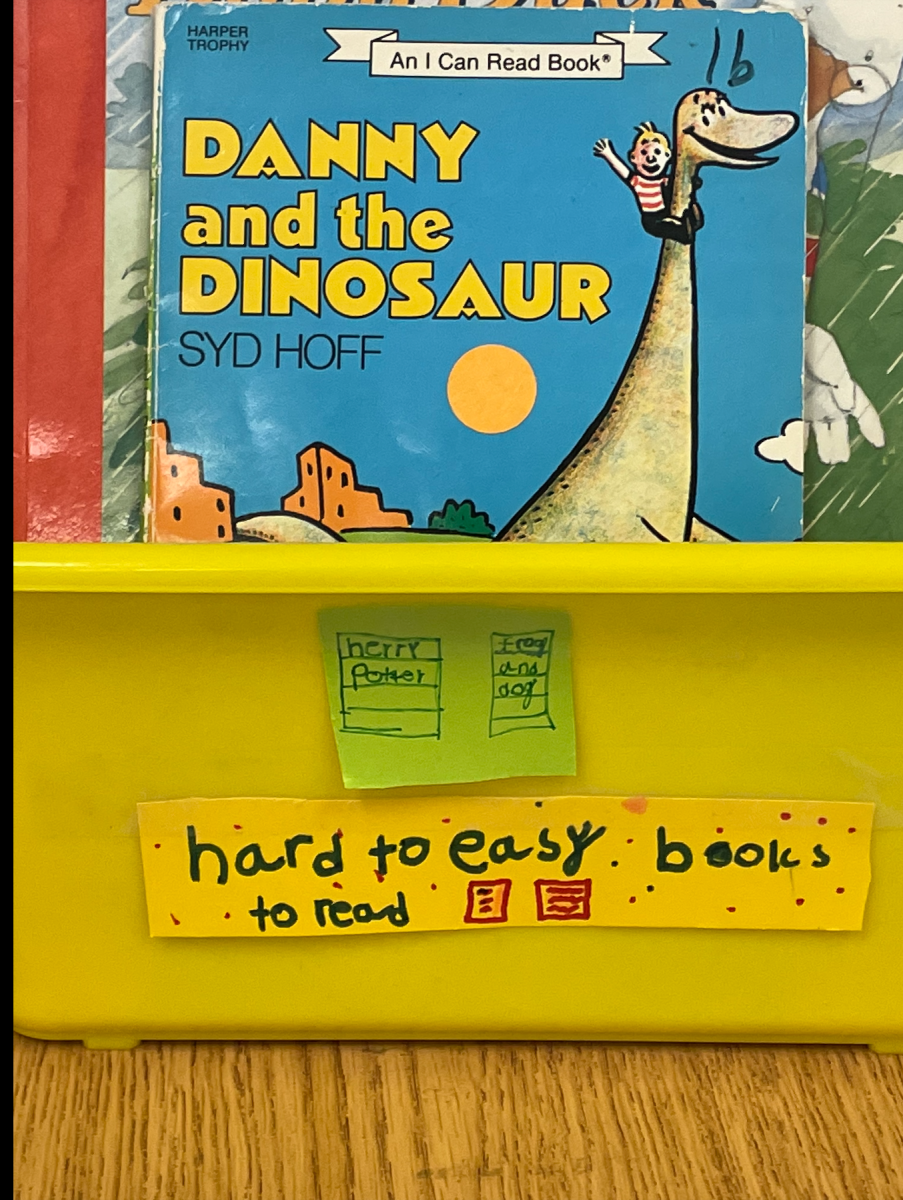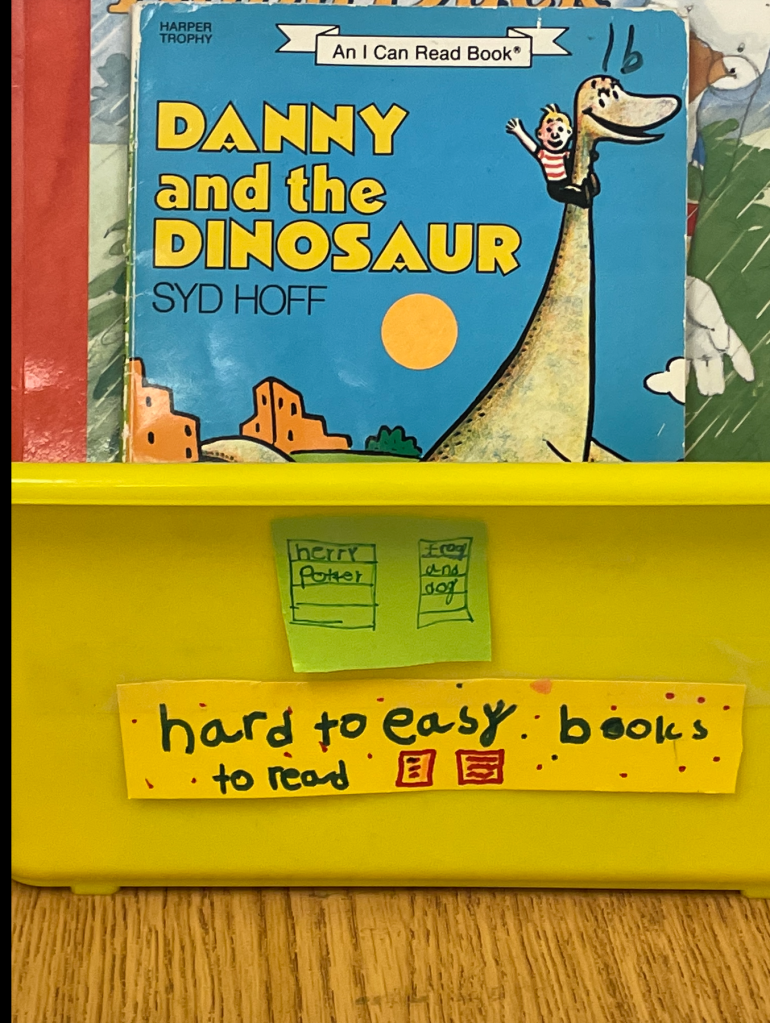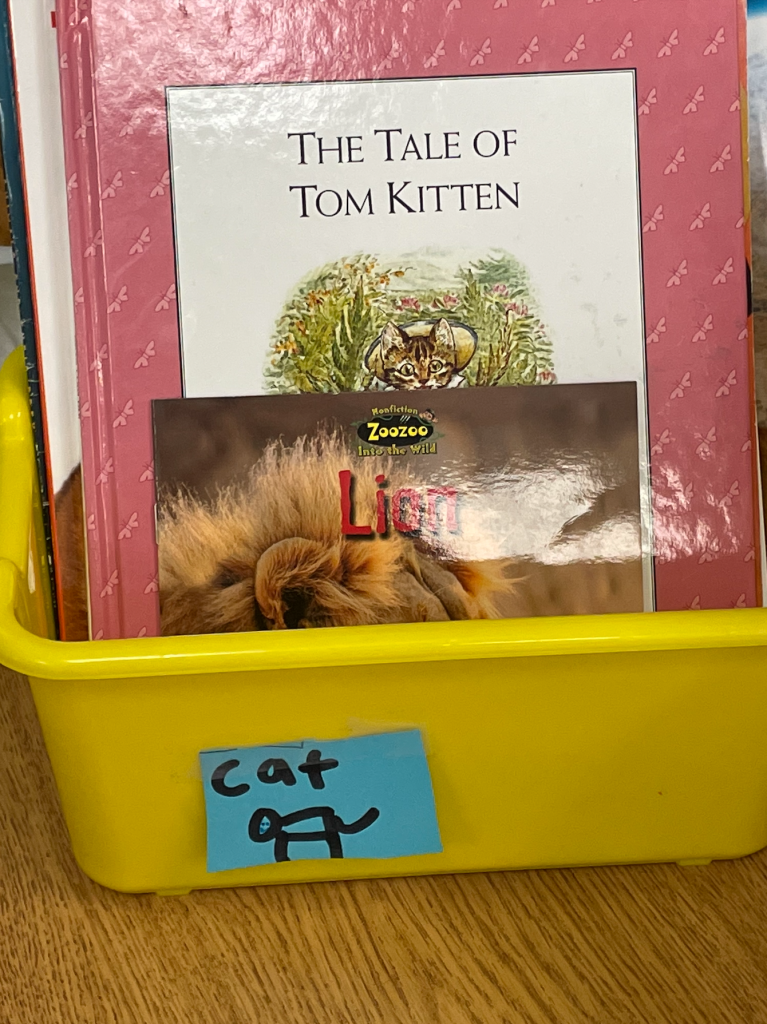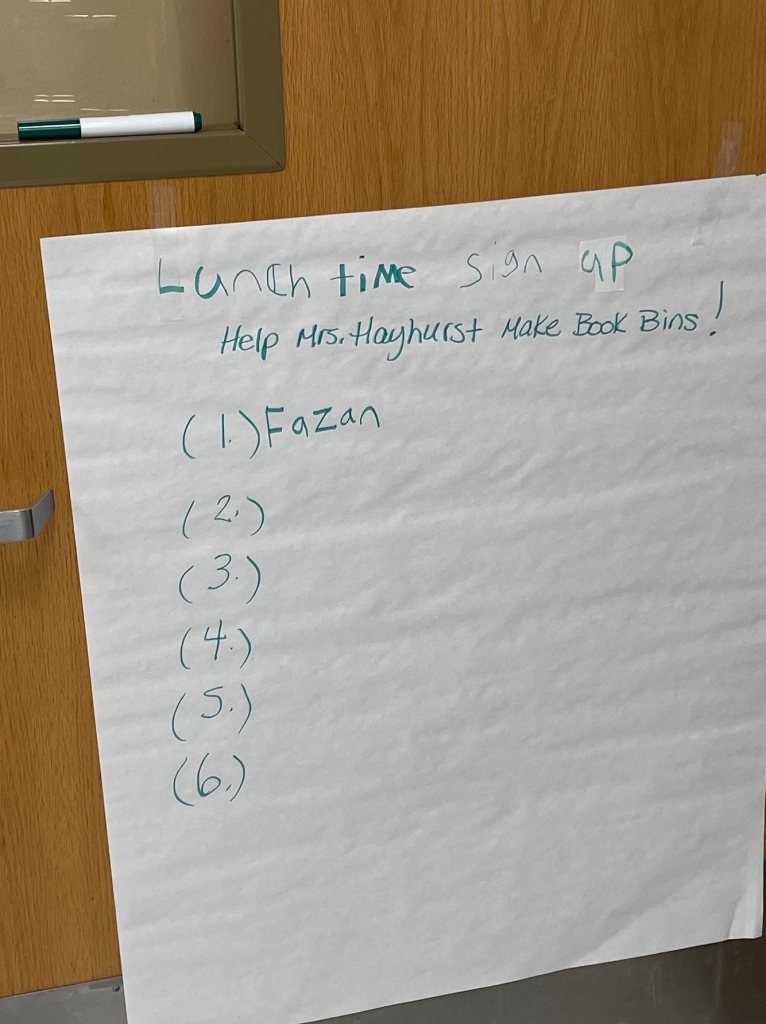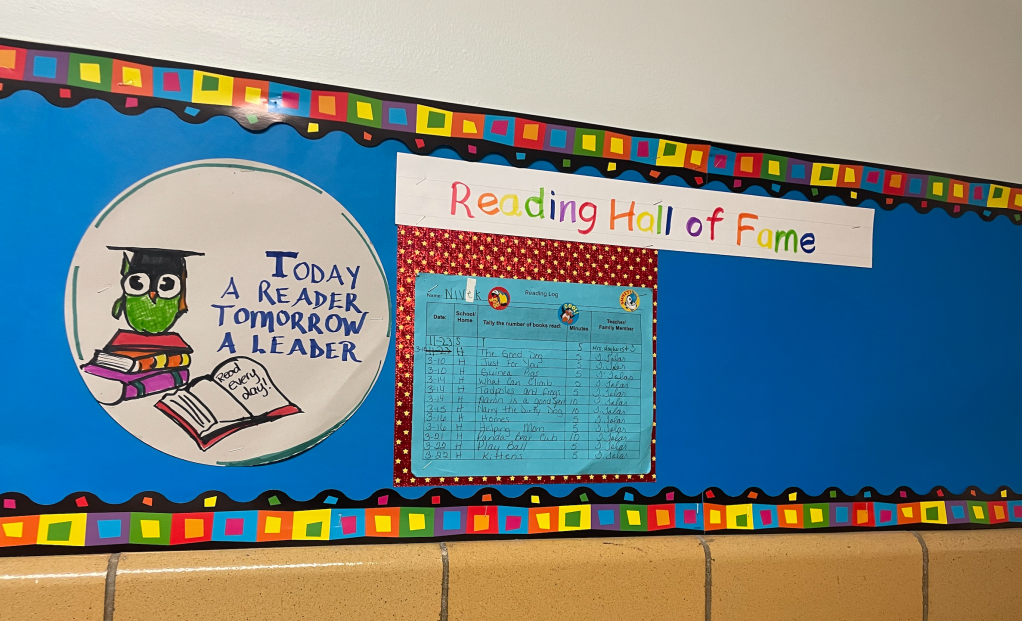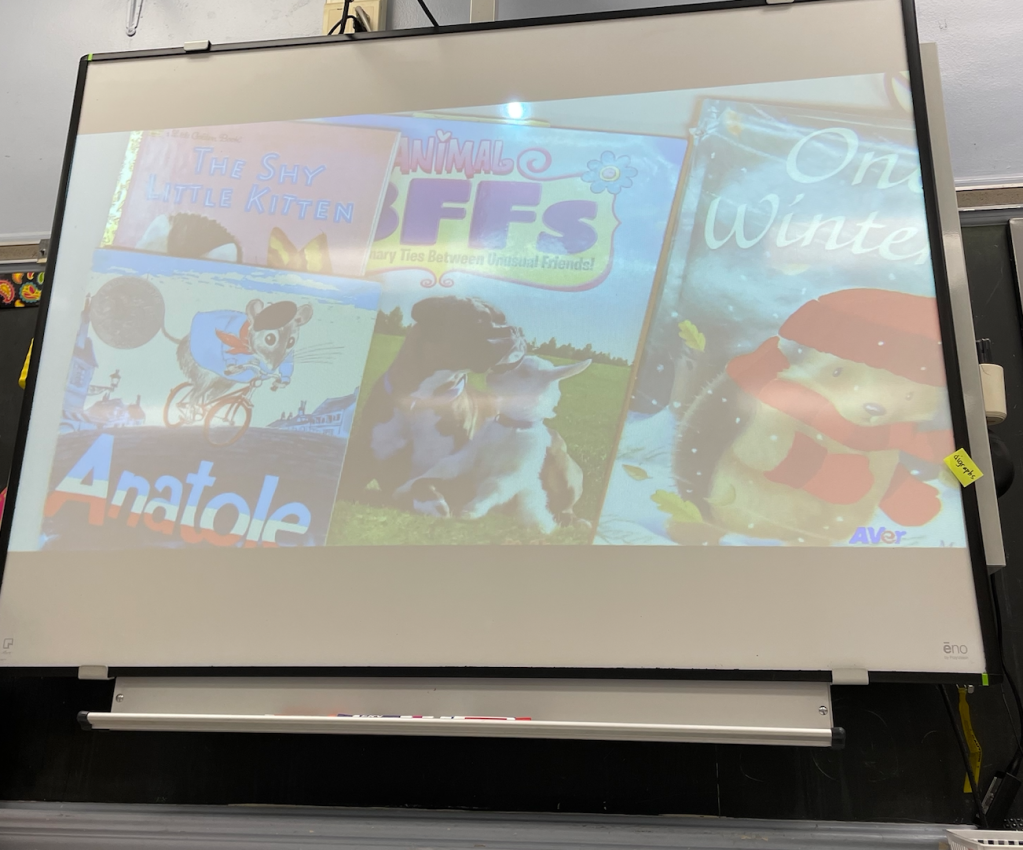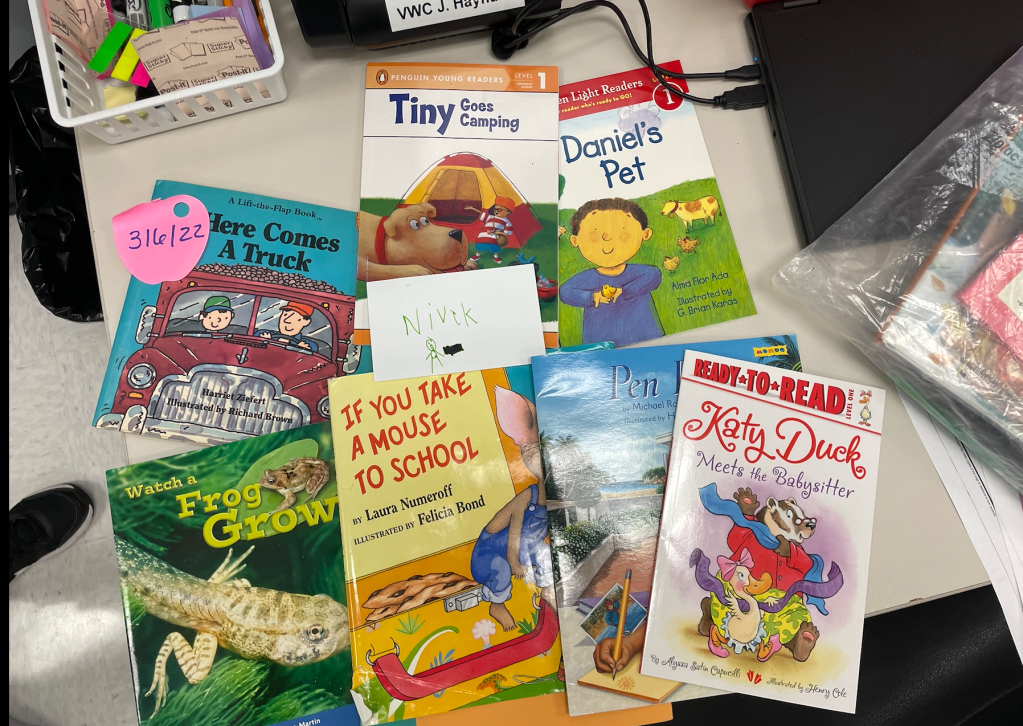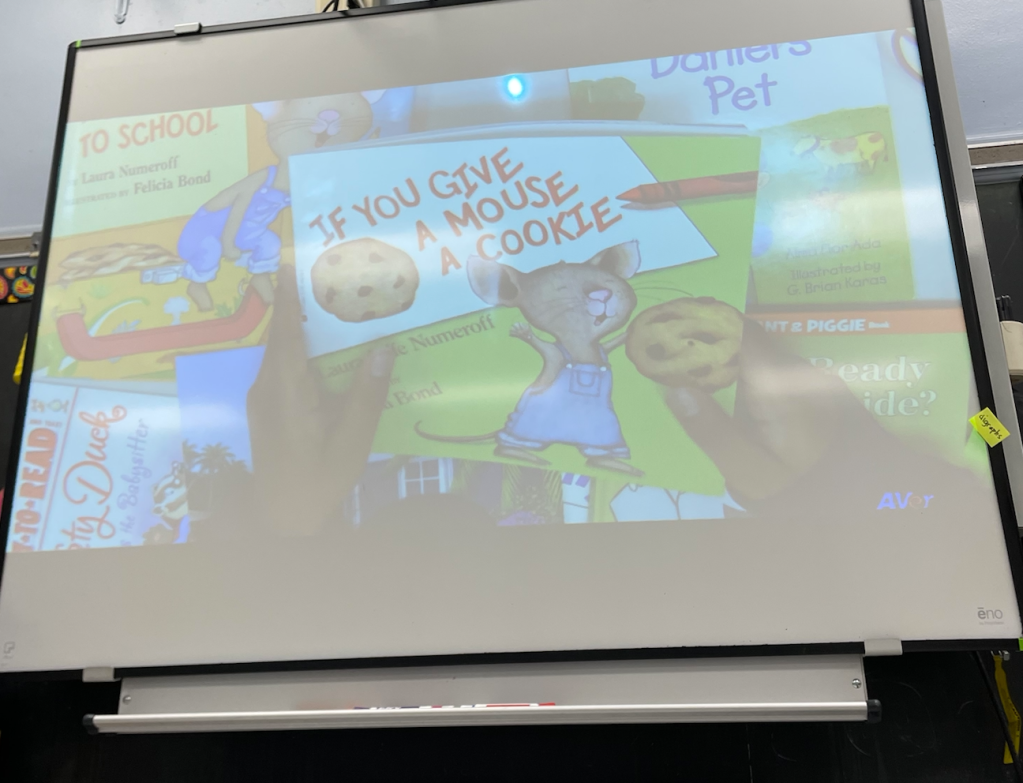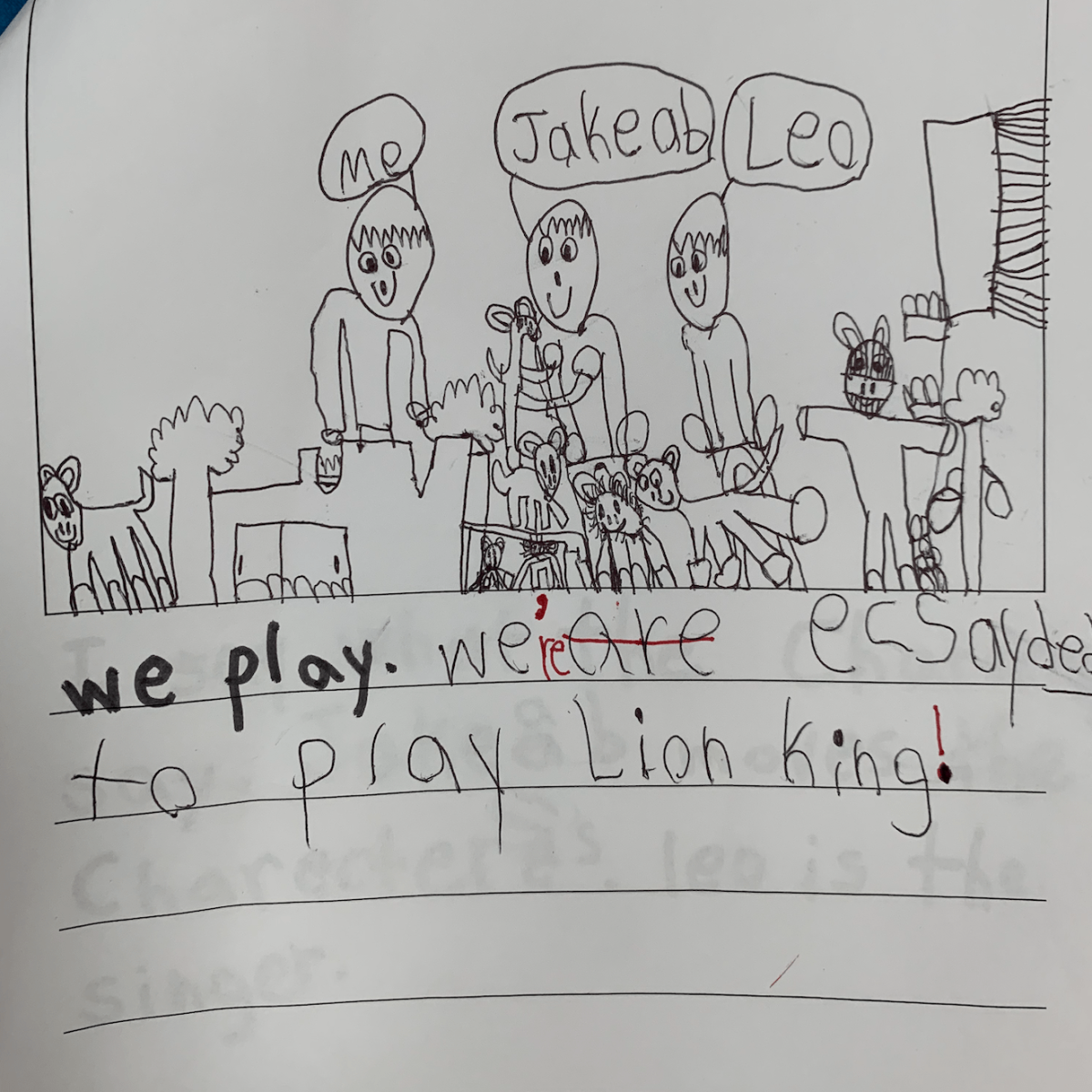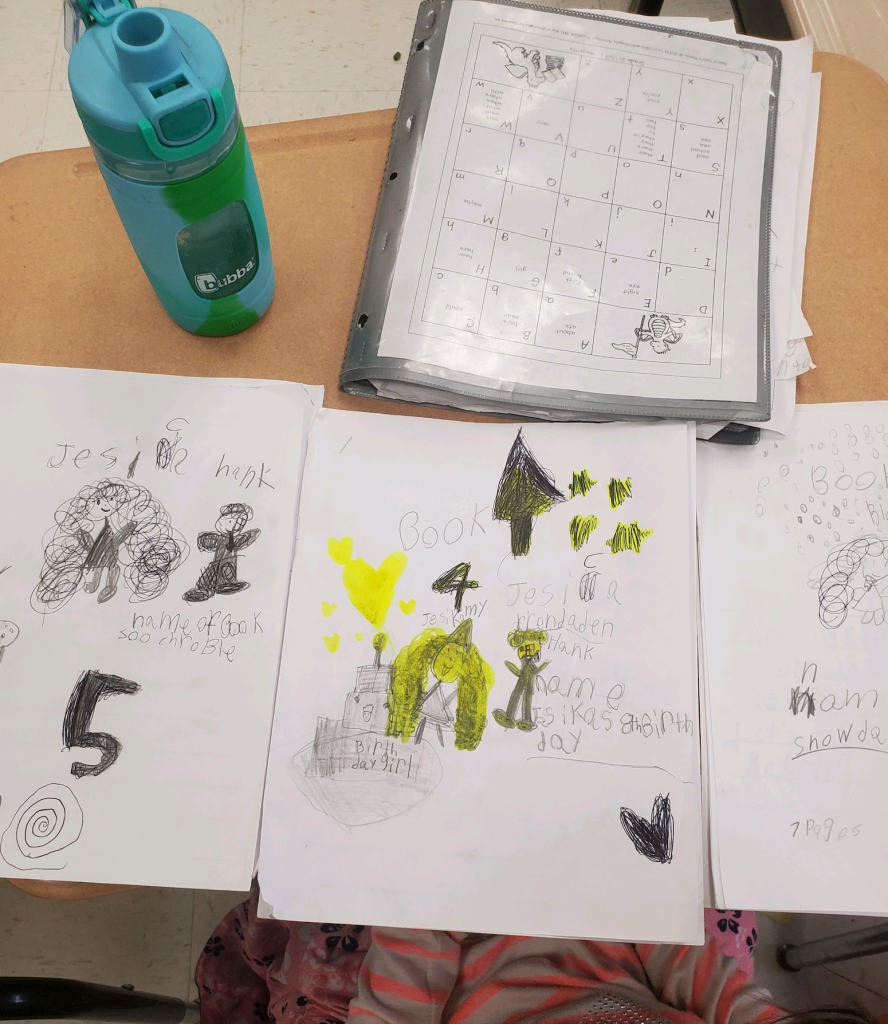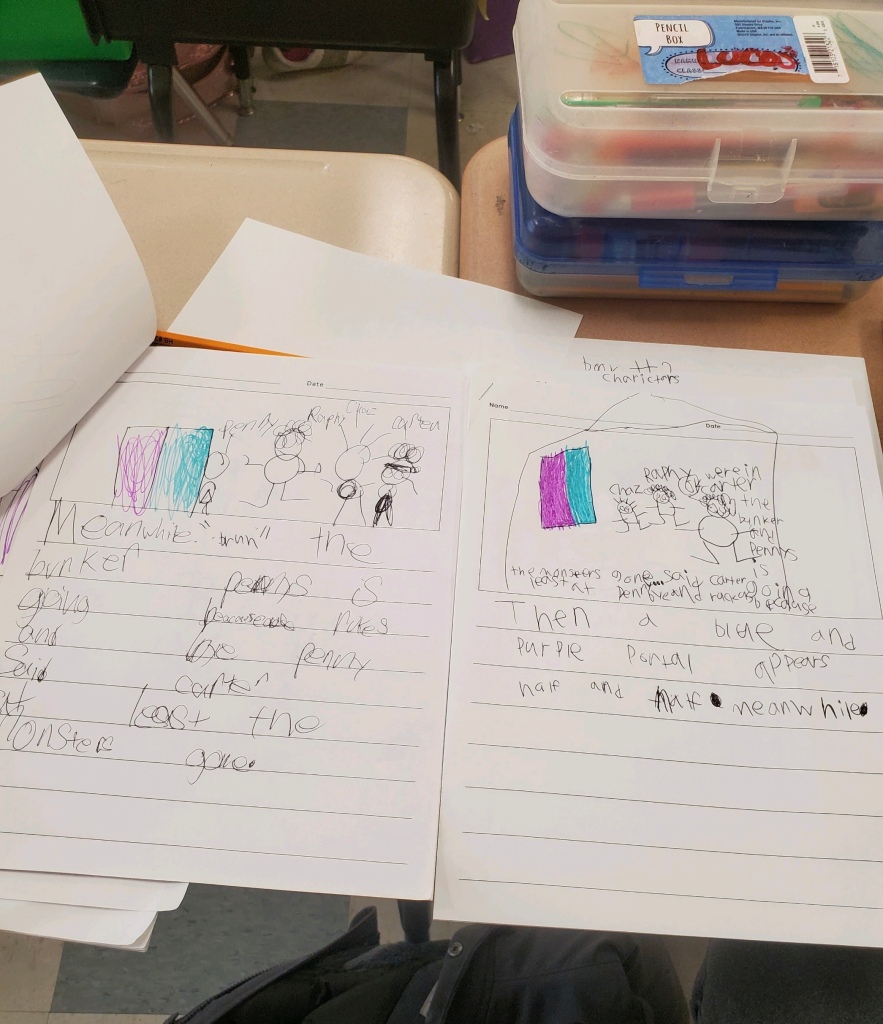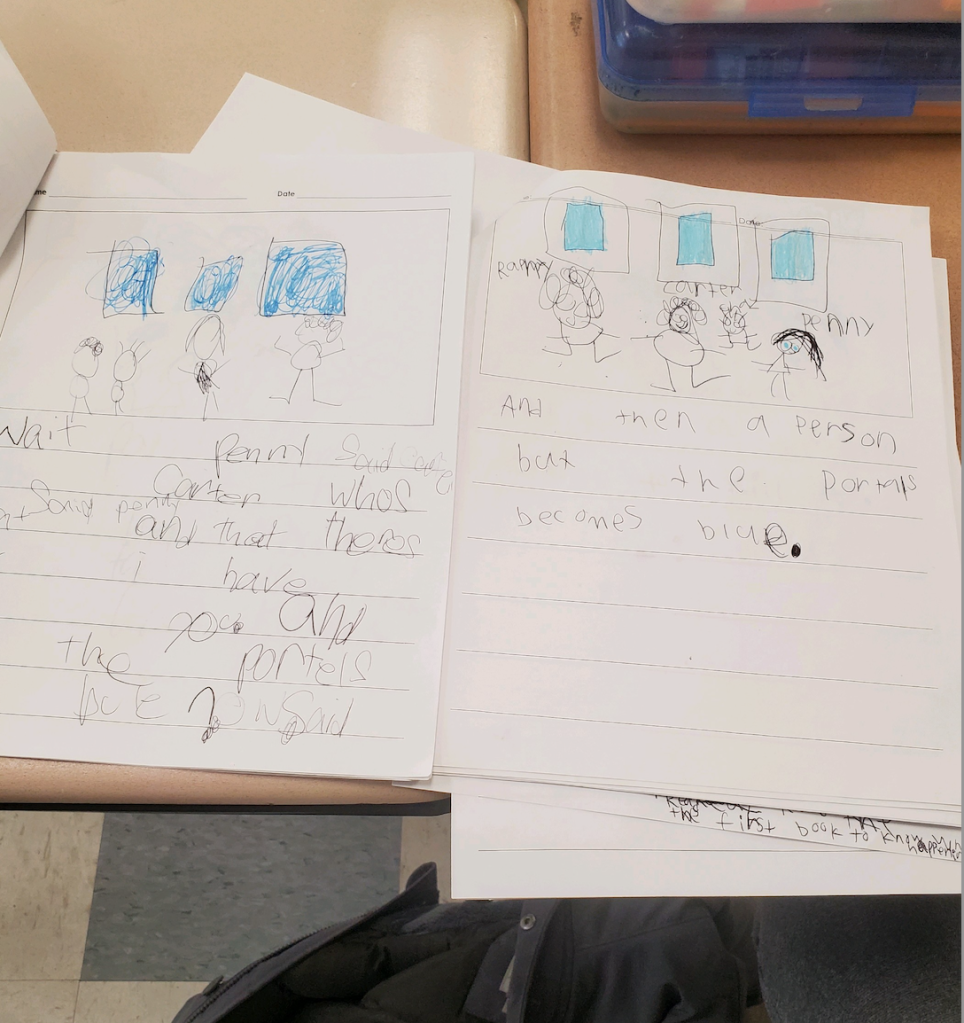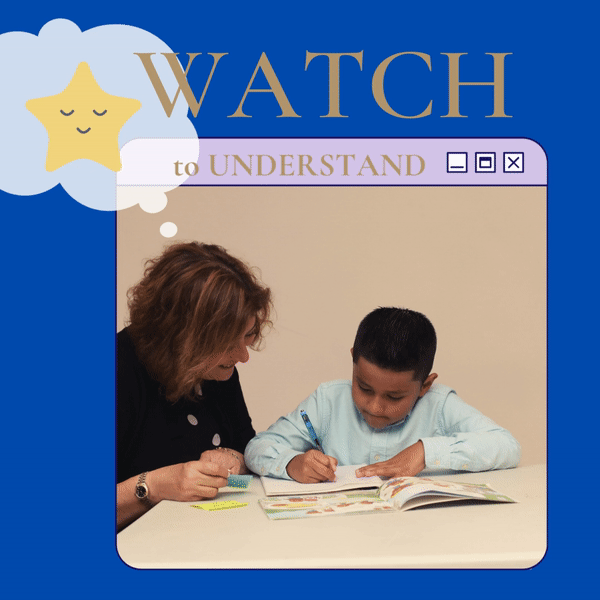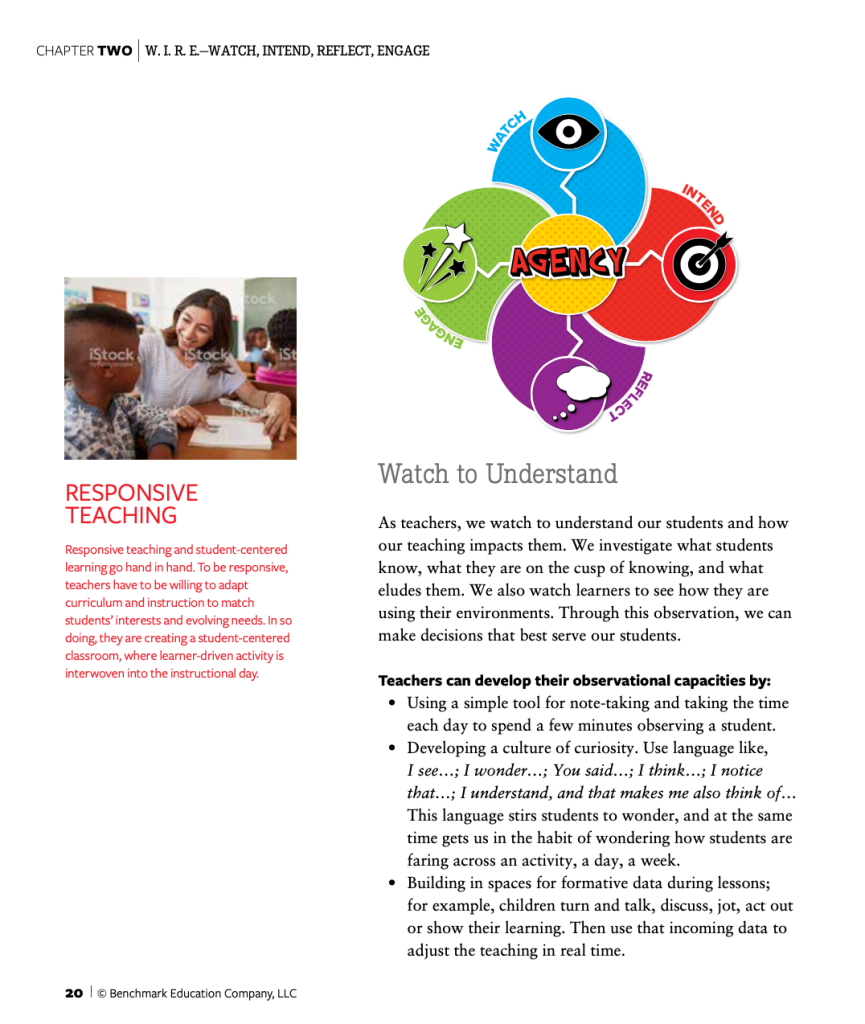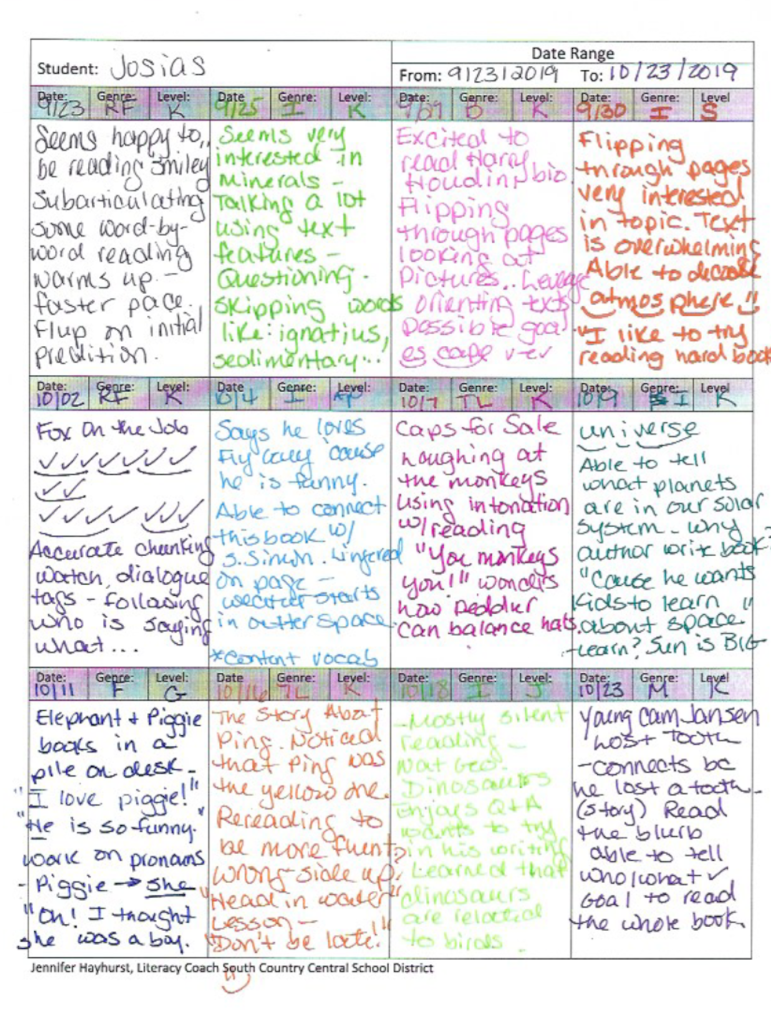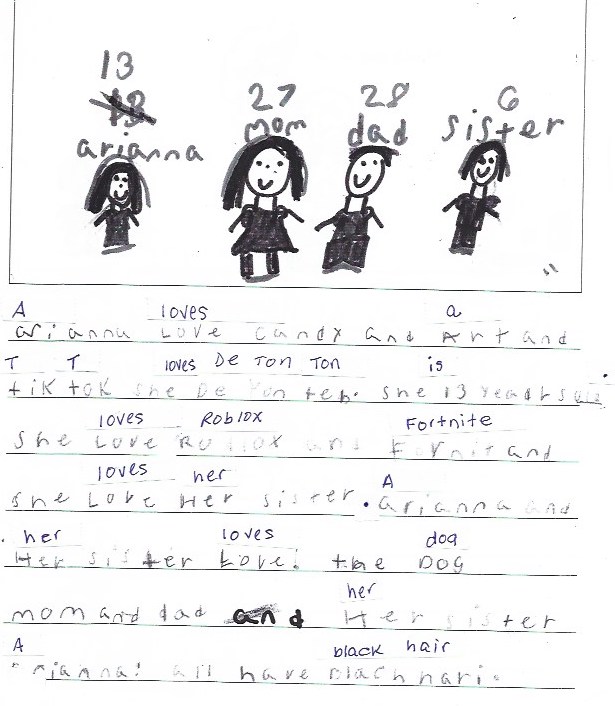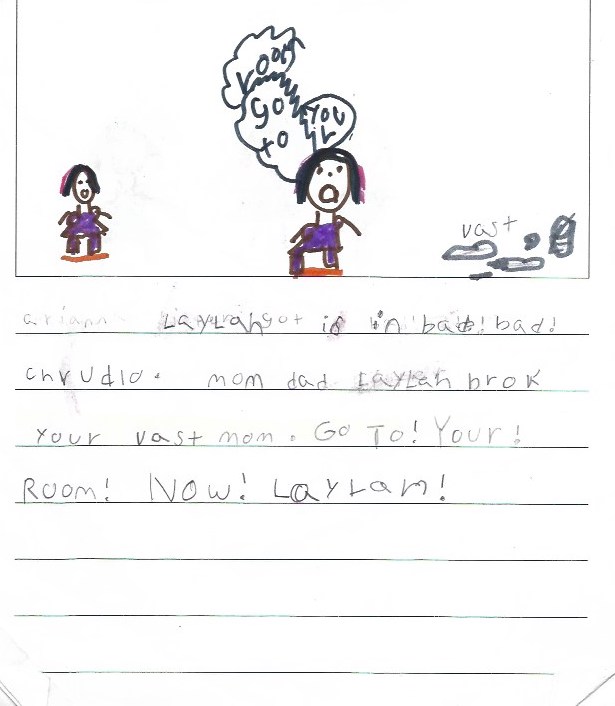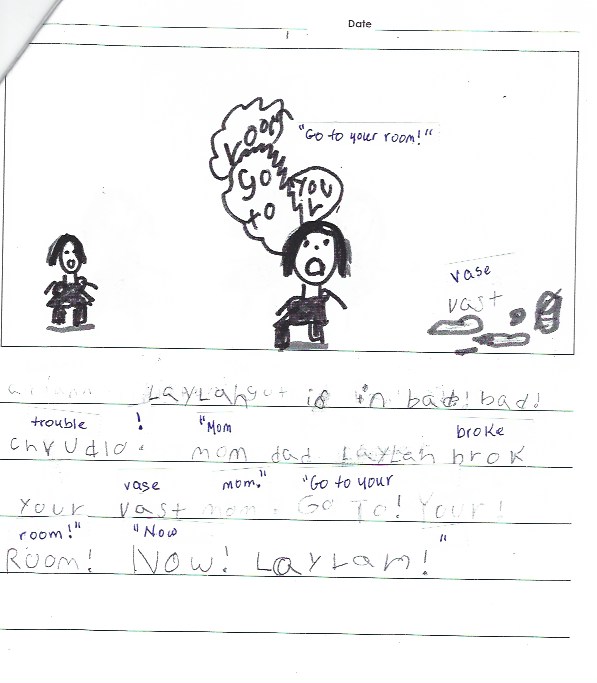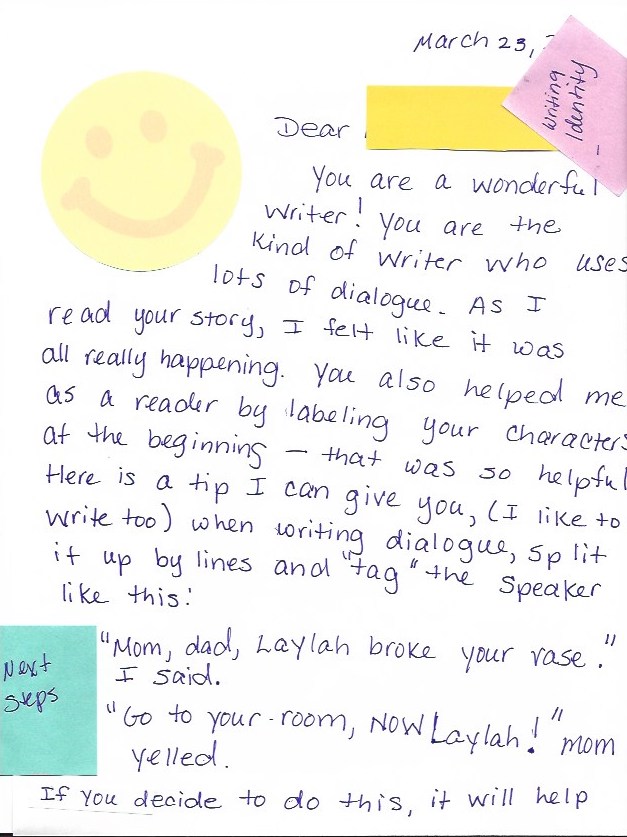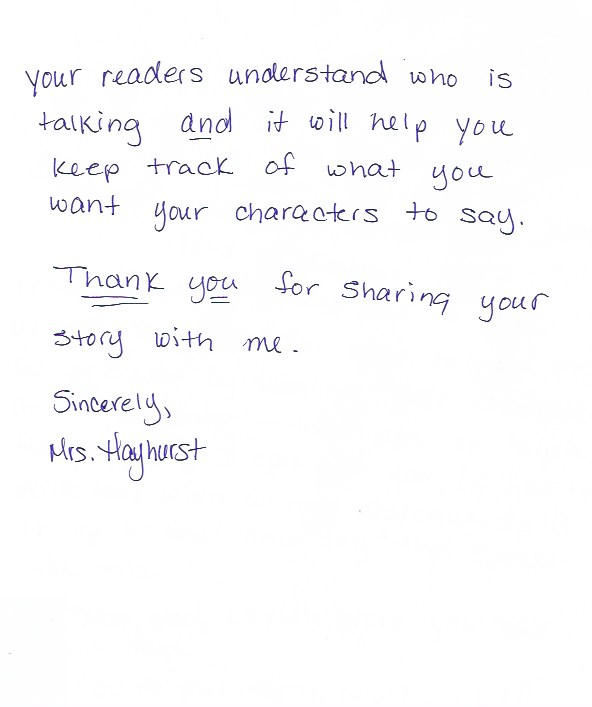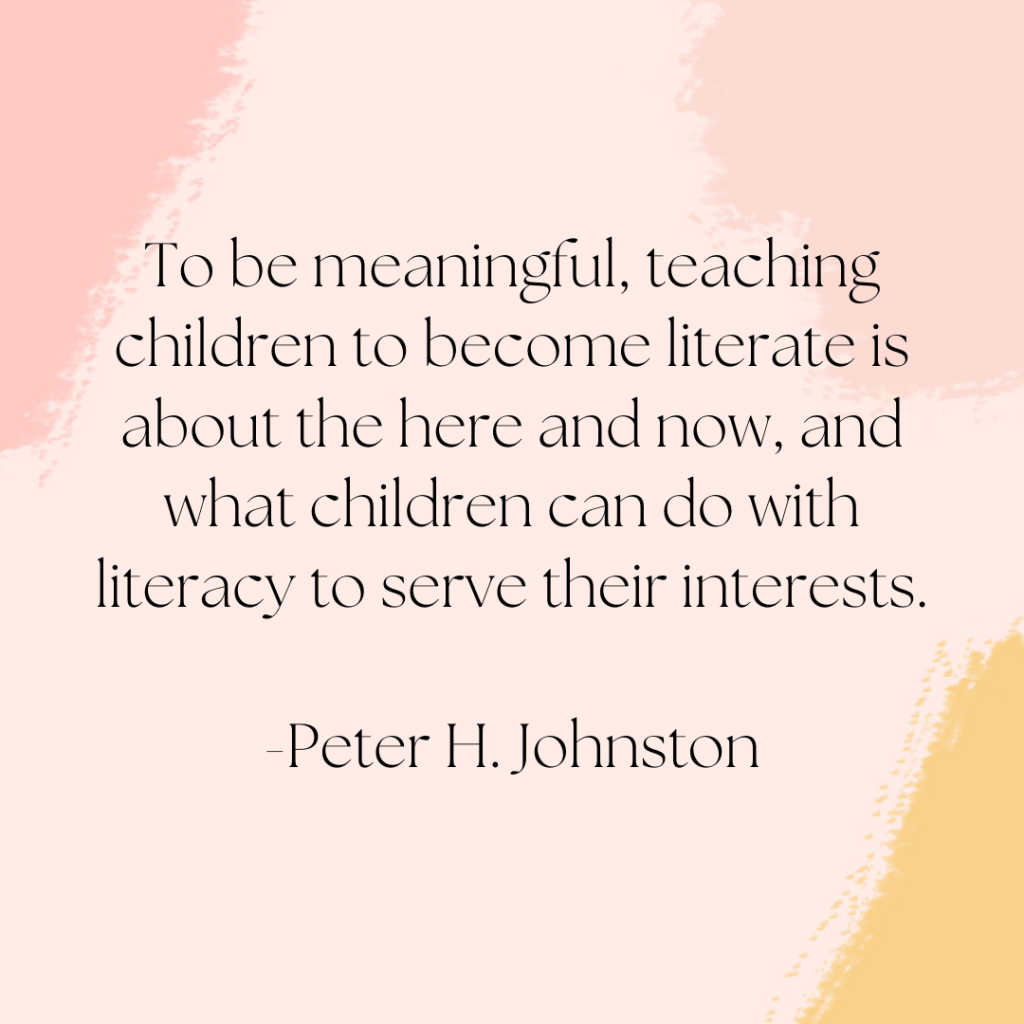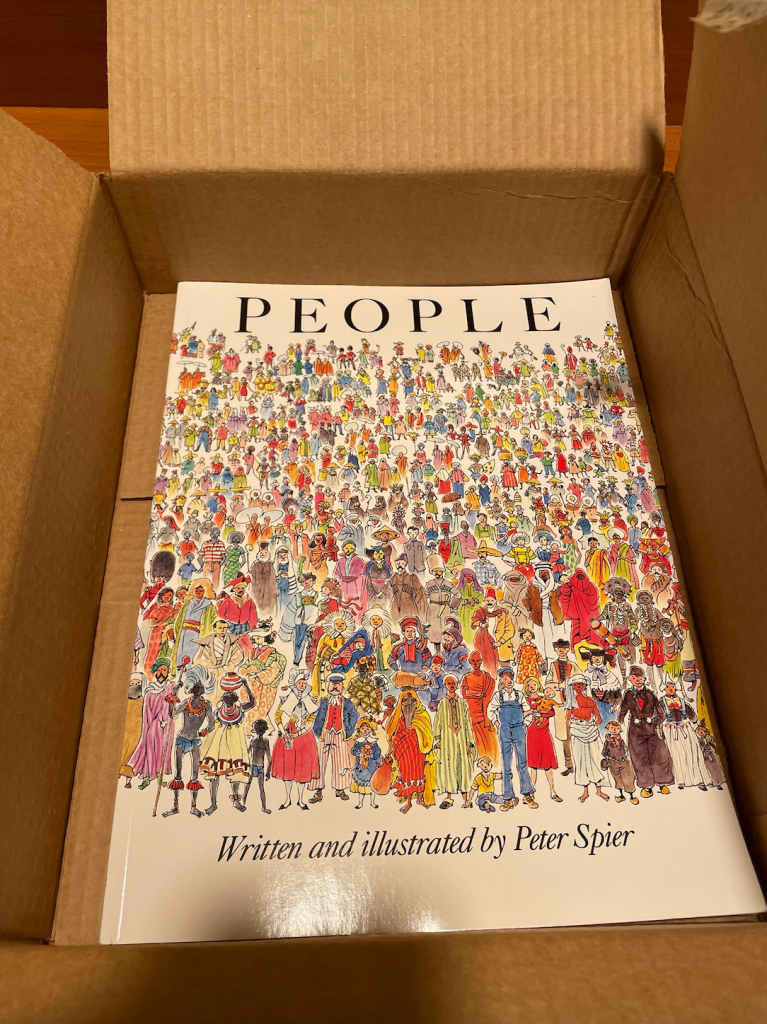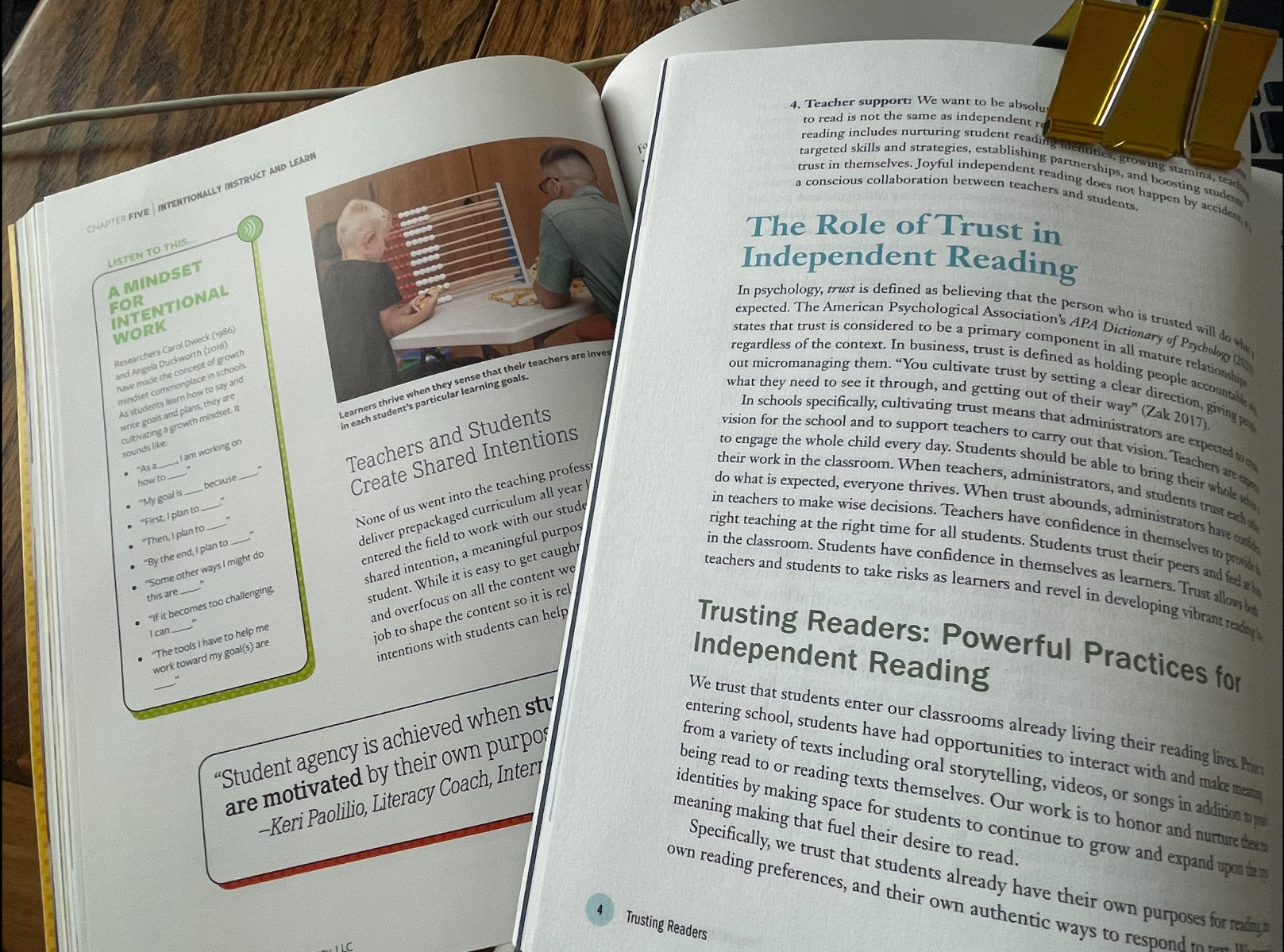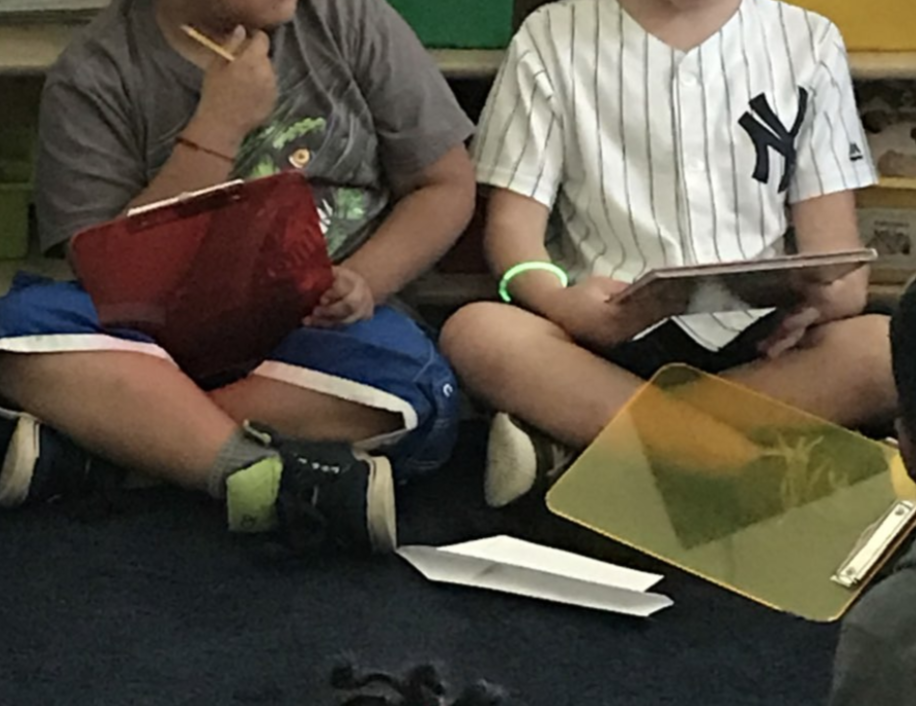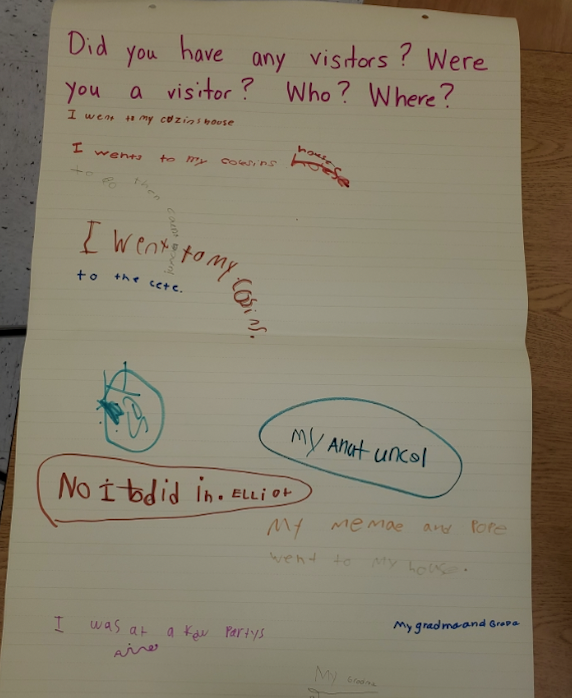Wouldn’t it be great if there were an easy to follow recipe that we could follow to create the perfect classroom management system? Like, add a cup of creativity to three parts curriculum, then mince three cloves of student ownership until fragrant…and VOILA! Fresh from the oven, a beautiful classroom space with a fresh garnish of rules ready for all to enjoy. Any teacher who has worked in a classroom for even one day, understands that control is an important ingredient to making a classroom run. However, as it is with any recipe, the most pungent ingredient has to be used more sparingly than the rest. Think strategically when you think of control, think in terms of tablespoons, not cups. Too much control tends to overwhelm students, to the point where there is no taste of freedom left to enjoy.

Agency: Opportunities All Around Us
We regard control as a flexible framework that can be leveraged to promote agency. The goal is not to control what students do with learning or even how they respond to what is taught. The goal is to regulate how our teaching will unfold, making sure to give space for students to decide what will happen next. It’s a real partnership, what learners do with our teaching can only be decided by themselves. This is true for everyone, we can only really control ourselves. Think about it, when students dutifully respond with conformity, is it control or is it oppression? Transferable learning is the thing at stake here, learning has to matter (to the student) if we are looking for transfer over the long term. Agency is the secret ingredient to successful learning outcomes because agentitive learners perceive an immediate positive impact for themselves. When teachers leverage their instructional pacing as a locus of control they achieve greater flow in all aspects of classroom life, handing off the learning to students as a shared pursuit. We are all just learning here together.
To overcome the anxieties and depressions of contemporary life, individuals must become independent of the social environment to the degree that they no longer respond exclusively in terms of its rewards and punishments. To achieve such autonomy, a person has to learn to provide rewards to herself. She has to develop the ability to find enjoyment and purpose regardless of external circumstances.
Mihaly Csikszentmihalyi, Flow: The Psychology of Optimal Experience
It is so crystal clear as to why agentic learning is appealing and has such great potential to make really big important impacts on student expectations for learning and school. So, where can we work this in? Once you know what to look for you’ll soon see opportunities for agentic learning are everywhere. Here are a few examples of how we leveraged teacher control to promote agentive learning for special days, school events, organization decisions and other daily experiences.
On the Playground
The big news around school was that we were getting a new playground! There was chatter in the hallways, hopes for certain pieces of equipment, and a deep rooted excitement for it to be ready to use. We leveraged our teacher control to take full advantage of this natural learning opportunity to promote greater agency. We extended an opportunity for children to have a voice. What equipment would be chosen? How should things be set up? What colors will it be painted? We started by having students conduct interviews with the kids in the school to find out what they wanted the playground to be like. We set up research groups to gather information so they could be informed of the different possibilities. Students prepared little presentations to advocate for what they needed in a playground. Most importantly, the voices of the students were heard and their feedback was a key part of the decisions that went into creating a new playground for our school. The students will not forget this, their voices were heard and they now have a true investment in their new playground.
Celebrating Earth Day
This month we celebrate Earth Day, a day to have a positive impact on Mother Earth. What better opportunity for students to work with a sense of agency. We leveraged control in this way, instead of teacher-led lessons for the environment, we posed the question: “What can you do to make our Earth a better place?” Now, the learning will be put in the students’ hands. We provided the space for students to co-construct the lesson plan. This came in the form of time for research so they can identify problems in our environment that they would like to solve. Partnerships or groups are formed around shared issues as they work together to find and plan out solutions to these problems. Then, we put all of their solutions into action as they try to have an impact on their world. This is agency that is relevant to their real life!

Classroom Organizers
It’s that time of the year when we reflect and reorganize our classrooms. We leverage teacher control to promote agency by asking students what they think. They became advocates for what they need by examining where they are most successful in the classroom. Then they listed their needs in terms of seating or how to share supplies. Many suggestions came in for how to better organize spaces and set up the classroom to best meet their needs. They made a list of supplies and tools that would be most beneficial to them. This gave us so much insight for how they learn best. Then later, we encourage students to take visitors on a tour of the classroom, to explain how it works and how their design reflects what their community values.
Making Morning Announcements
Moring announcements signal the official start of the school day. Part of announcements include the Pledge, maybe information about school events, the weather, or some kind of interesting fact. We thought that this would be a perfect vehicle to get student voices out into their school. Sharing this platform is another way to leverage teacher control to promote learning with a sense of agency. Using this time for students to share important ideas, to organize causes, or just share a little bit of humor or happiness for the day ahead just makes sense! Some students used the announcements to start and share campaigns around different issues such as recycling, littering and saving animals. Other students shared an important fact or information that was important to them and which they thought other students would find interesting as well. Yet others used it to practice out their comical skills with little skits or jokes to start the day. However they chose to use this platform, the commonality was that they had a place to use their voice and to have a possible impact on their fellow classmates and school community. They had agency!
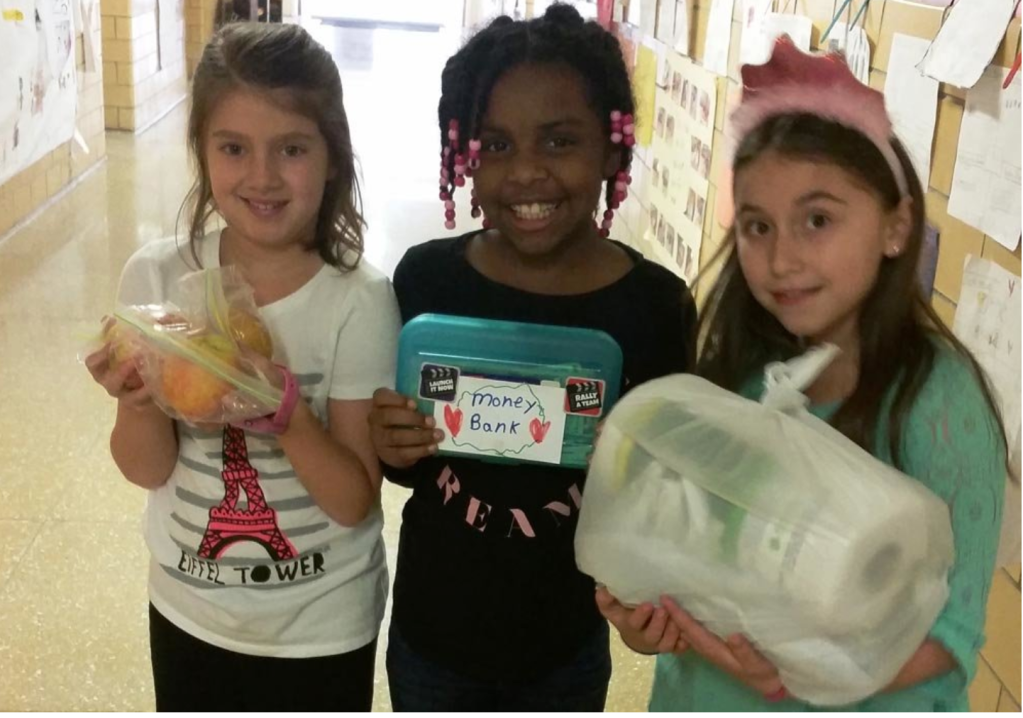
Agency: The Search Goes On
What do you think? When thinking about your role in school, how would you leverage control to promote greater agency for all? We would love to know your recipe for agency, so please share! Give it go, because finding these openings allows students to truly have an impact on their world. Agency is the path forward to improve educational systems. Schooling is an extension of the real world with consequences and rewards that are best regulated by the learner. What does it mean to have a voice in the world? What does it mean to make a positive impact? The answers to these questions are born from having lived experiences to learn from. This is the kind of learning that will stick with them forever and have long-lasting effects.
Here is a reflection tool you can use to find ways to “cook up” some experiences where agency will thrive in your classroom:
